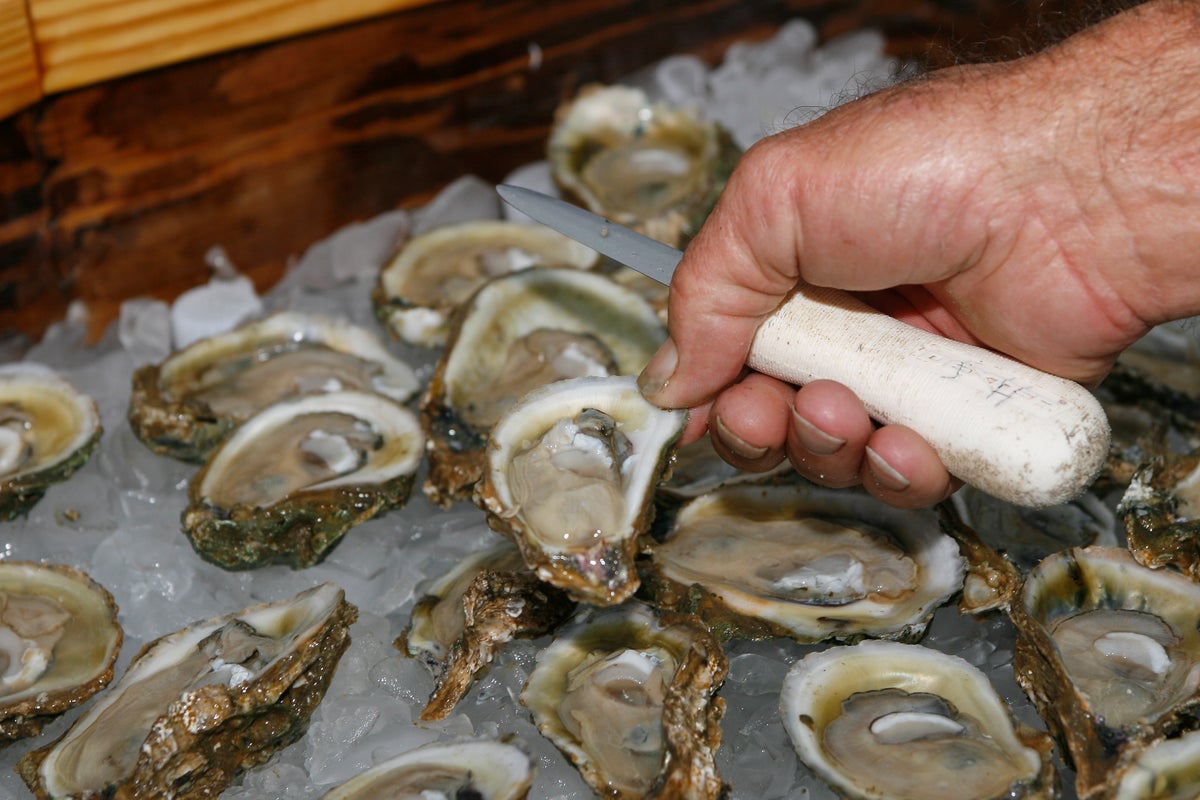
Two people have died from complications caused by a flesh-eating bacteria they contracted after eating tainted oysters in Louisiana, according to a state health official.
The bacteria, Vibrio vulnificus, is a naturally occurring organism found in warm coastal waters. Its most commonly found between May and October, according to NBC News.
Vibrio bacteria thrive in seawater and in brackish water — a mix of fresh and saltwater — that is typically found in estuaries and lagoons. Most of the bacterial infections reported in the U.S. occur along the Gulf Coast.
The Gulf’s water is “the perfect convergence of the right amount of salt and the right amount of heat to let this organism proliferate,” Dr Fred Lopez, an infectious diseases specialist at the LSU Health Sciences Center in New Orleans, told the Associated Press.
The deaths were reported this week during a meeting of the Louisiana Oyster Task Force. The officials noted that one of the individuals was a Louisiana resident and the other was visiting from out of state.
“It’s just prolific right now,” Jennifer Armentor, the molluscan shellfish program administrator at the state’s Department of Health told the task force on Tuesday.
The bacteria can enter humans through open wounds exposed to coastal waters or if an individual eats raw or undercooked seafood, according to health officials. If the bacteria enters the bloodstream, infected individuals may experience severe illness with symptoms like fever, chills, septic shock, and large, blistering lesions on the skin, according to Florida Health.
At least four people have now died in Louisiana this year in connection with the bacteria.
“Many people with Vibrio vulnificus infection can become seriously ill and need intensive care or limb amputation,” the Louisiana Health Department said. “About one in five people with this infection dies, sometimes within a day or two of becoming ill.”
It noted that the state has experienced a “higher number” of Vibrio vulnificus cases and deaths this year.
So far this year 22 cases have resulted in hospitalizations in Louisiana and more than 80 percent of the reported cases were related to the exposure of open wounds to seawater.
“During the same time period over the previous 10 years, an average of seven Vibrio vulnificus cases and one death have been reported each year in Louisiana,” the department said in a July report.
Louisiana isn’t the only state affected by the bacteria; Florida has also reported 23 cases related to it this year, and five people have died.
According to CDC data, as many as one in five infections are fatal, and infected individuals often die within a day or two of the infection.
Dr Andrew Handel, pediatric infectious diseases specialist at Stony Brook Children’s Hospital in New York, told FOX News that the best way to avoid infection is by not eating raw shellfish.
“To prevent Vibrio food poisoning, avoid eating raw shellfish, especially if you are immunocompromised or have chronic liver disease,” the doctor said. “If you do eat shellfish, make sure it has not been sitting out for a long time and comes from a hygienic source.”
According to the National Oceanic and Atmospheric Administration, more than 80 percent of American seafood consists of “bivalve mollusks such as oysters, claims, and mussels,” with shrimp and salmon making up the rest.
That said, the U.S. imports between 70 to 85 percent of its seafood, and nearly all of the seafood that makes it onto a restaurant table is either farm raised or imported.
Infections may be on the rise in part because climate change is creating ideal conditions for the bacteria to thrive.
A study from 2023 found that the northernmost infections have been shifting further north by approximately 30 miles each year and that cases overall have been on the rise.
